Upload Vendor Application Fort Gordon Safe Ass
The CDC Warns Against Using These 6 Face Masks
You shouldn't utilize these masks if y'all actually want to protect yourself from COVID.

The Centers for Disease Control and Prevention (CDC) has been providing the public with safety guidelines since the pandemic started. These recommendations accept helped people all beyond the country reduce their take chances of infection from COVID—particularly if the guidelines are followed in full. Sure, a mask will protect you, merely just if information technology follows all the proper recommendations from the agency on fit, material, and more. For its part, the CDC explicitly warns against six different forms of confront masks, as they are not recommended to protect against the coronavirus. Read on to find out which masks you shouldn't exist using, and for more from the agency, The CDC Just Gave a Shocking COVID Vaccine Update.
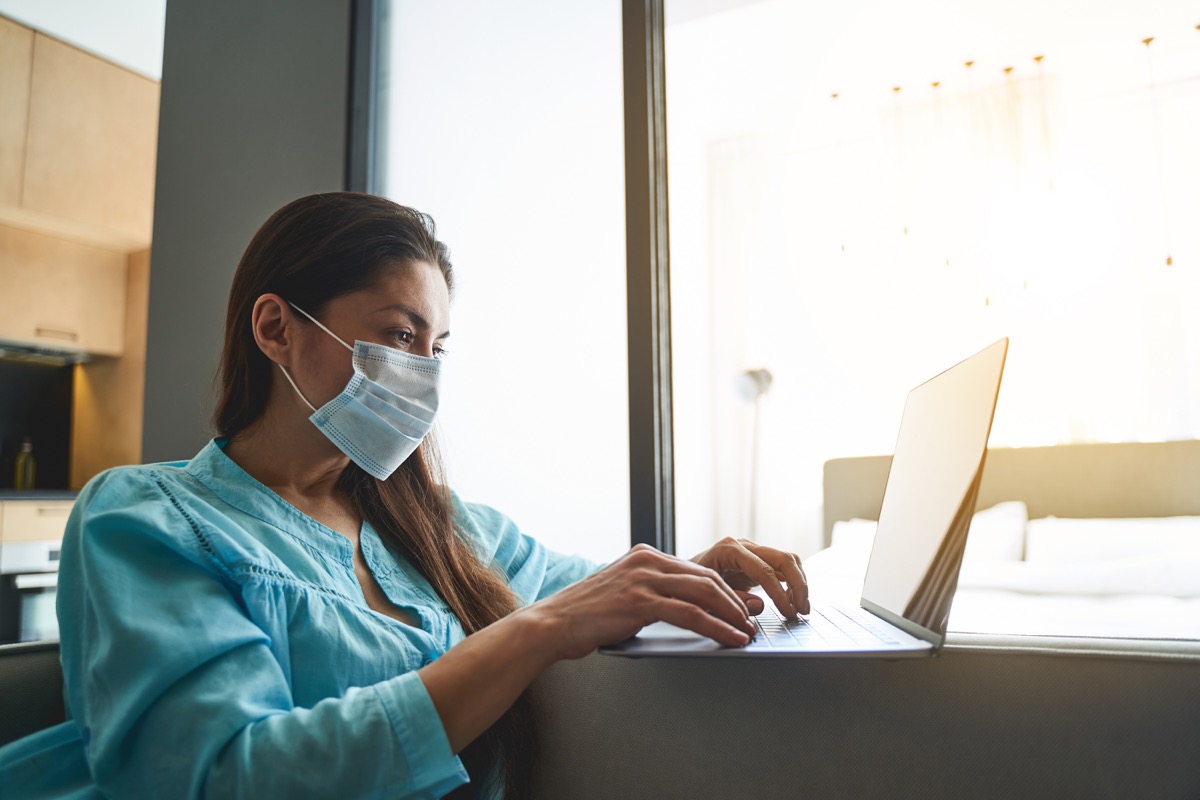
The CDC says your mask needs to fit properly, which means it should fit "snugly around the olfactory organ and mentum with no big gaps effectually the sides of the face."
Leann Poston, Doc, a licensed dr. and health counselor for Invigor Medical, says this is considering properly fitting masks are the just ones that effectively stop large droplets that could spread and infect someone. Furthermore, masks that don't fit properly require the wearer to frequently bear on their face and masks to readjust, and "touching your face up can crusade you to become infected and it likewise increases the spread of germs when you bear upon other objects afterward touching your mask," Poston explains. And for more on the limitations of masks, If You're Not Doing This, Your Mask Won't Protect You, Written report Says.

Plastic and leather are two materials the CDC wants mask wearers to steer abroad from considering they are hard to exhale through.
"If a mask is hard to breathe through, yous will breathe effectually it which defeats the purpose of a mask. When you cough or sneeze, the droplets will travel around the mask or drip downwards from the bottom surface of the mask," Poston says. And if your plastic or leather mask is likewise tight to breathe around, then information technology will not filter your jiff, but instead cake airflow, which may harm your breathing. And for coronavirus symptoms to exist aware of, acquire The Earliest Signs You Take COVID, Co-ordinate to Johns Hopkins.
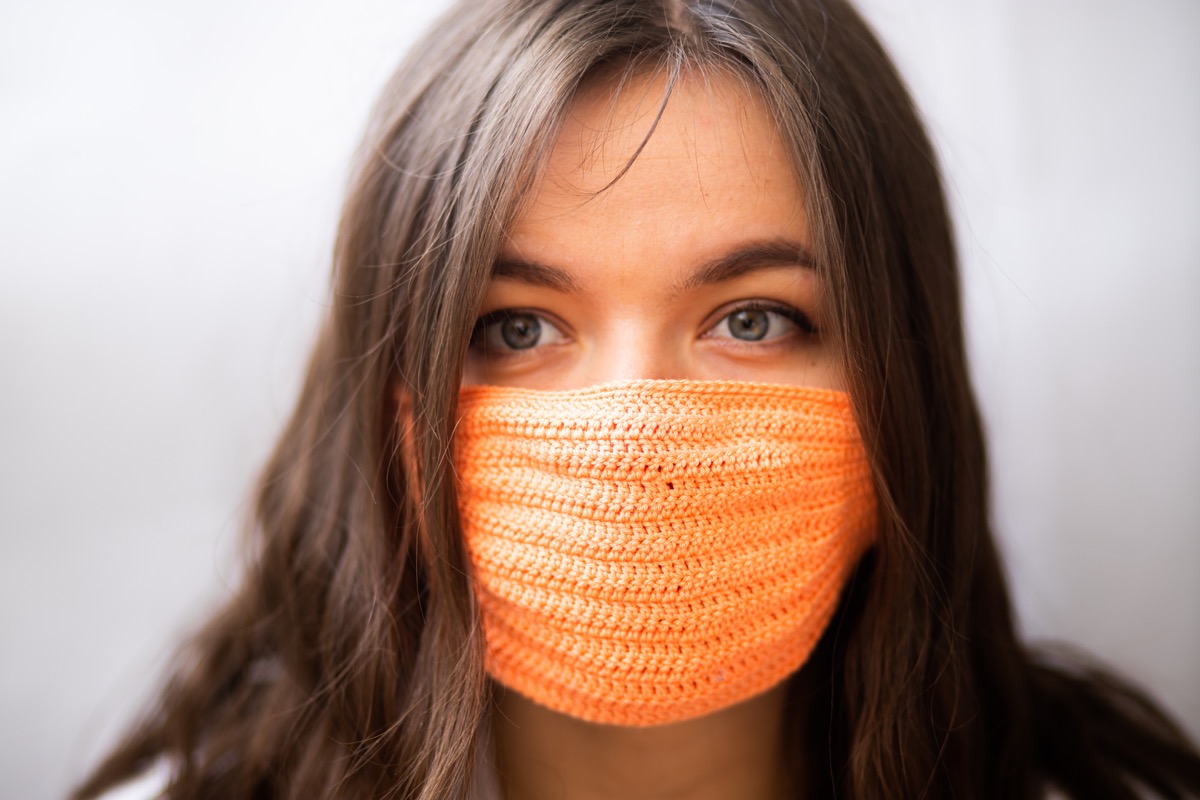
If your mask lets light laissez passer through when held upwardly to a calorie-free source, and so the CDC says it shouldn't exist used. Just similar masks that practice not fit, masks with loosely woven or knit material will permit respiratory droplets to pass through and infect the wearer, saysDaniel Burnett, MD, chief executive officer for JustAir, a face mask and articulate air systems company.
Even worse, Burnett says, loose mesh can "break the respiratory aerosol into smaller droplets that can stay airborne for a longer period of time," which may provide a longer exposure period. And for coronavirus signs you shouldn't ignore, This Is 1 of the Most "Easily Overlooked" COVID Symptoms, Experts Warn.
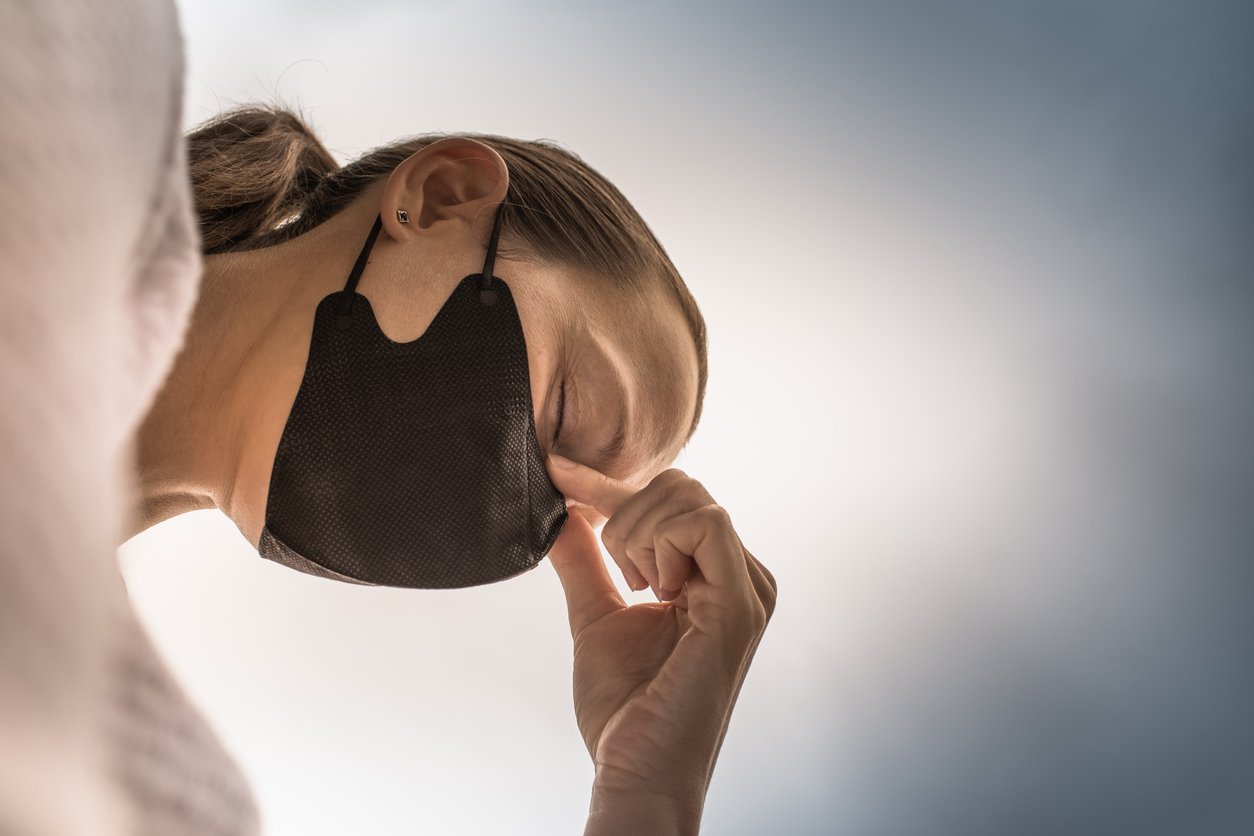
The CDC says your mask should have at to the lowest degree two or three layers. Abisola Olulade, MD, a family medicine physician with Sharp Rees-Stealy Medical Grouping in California, says this is because they are more likely to filter out particles than masks with simply one layer. Olulade says your mask should ideally have 3 layers: an innermost layer made of water-absorbing material, a middle filter layer, then an outer layer that is made of water-resistant material. And for more up-to-date information, sign up for our daily newsletter.
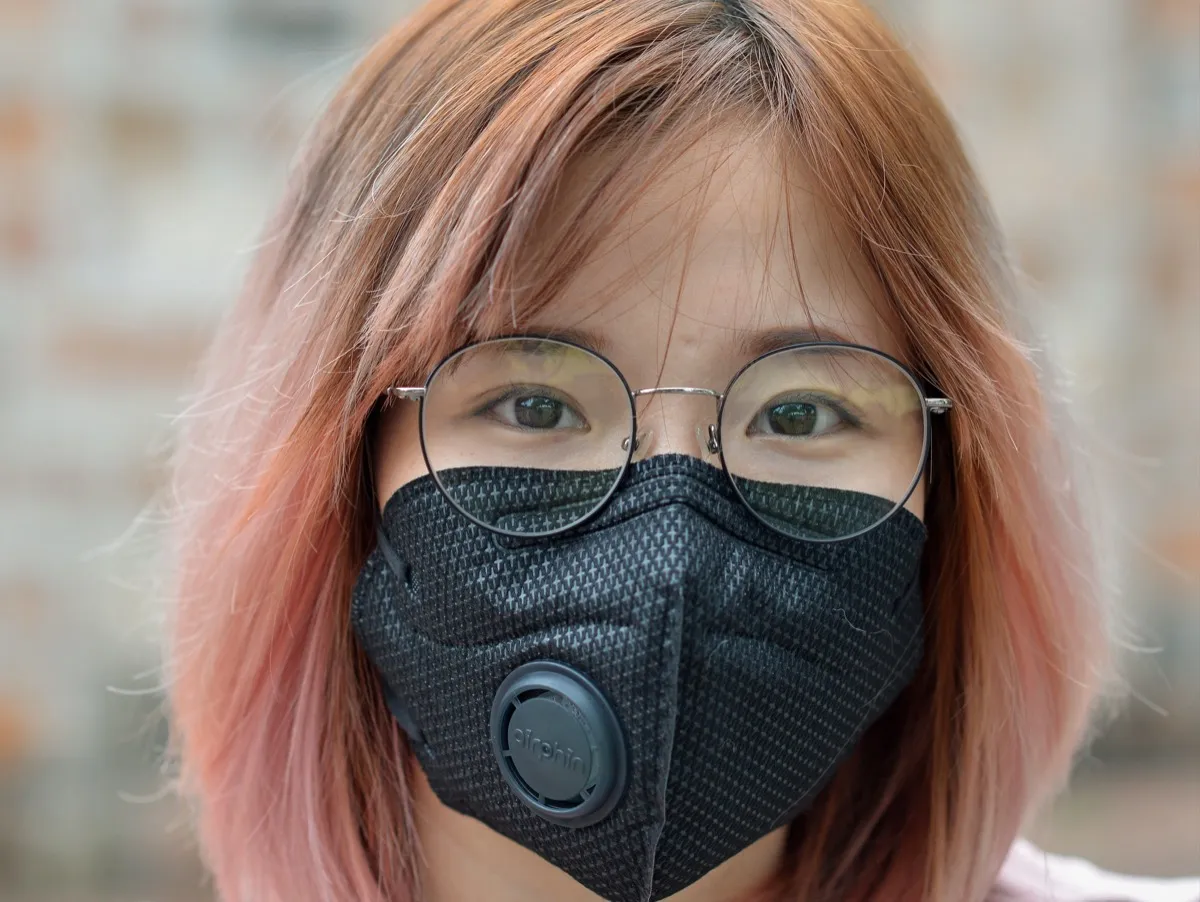
The CDC does non recommend masks with valves or vents because, while they may make it easier to breathe, they don't assistance finish the spread of COVID. Roopa Kalyanaraman Marcello, MPH, an infectious disease expert based in New York Metropolis, says these masks allow respiratory droplets to escape from the wearer, which can infect other people. In fact, some cities, counties, and well-nigh major U.South. airlines have banned these confront masks. And for precautions you no longer need to accept, find The One Matter You Tin can Stop Doing to Avoid COVID, According to Doctors.
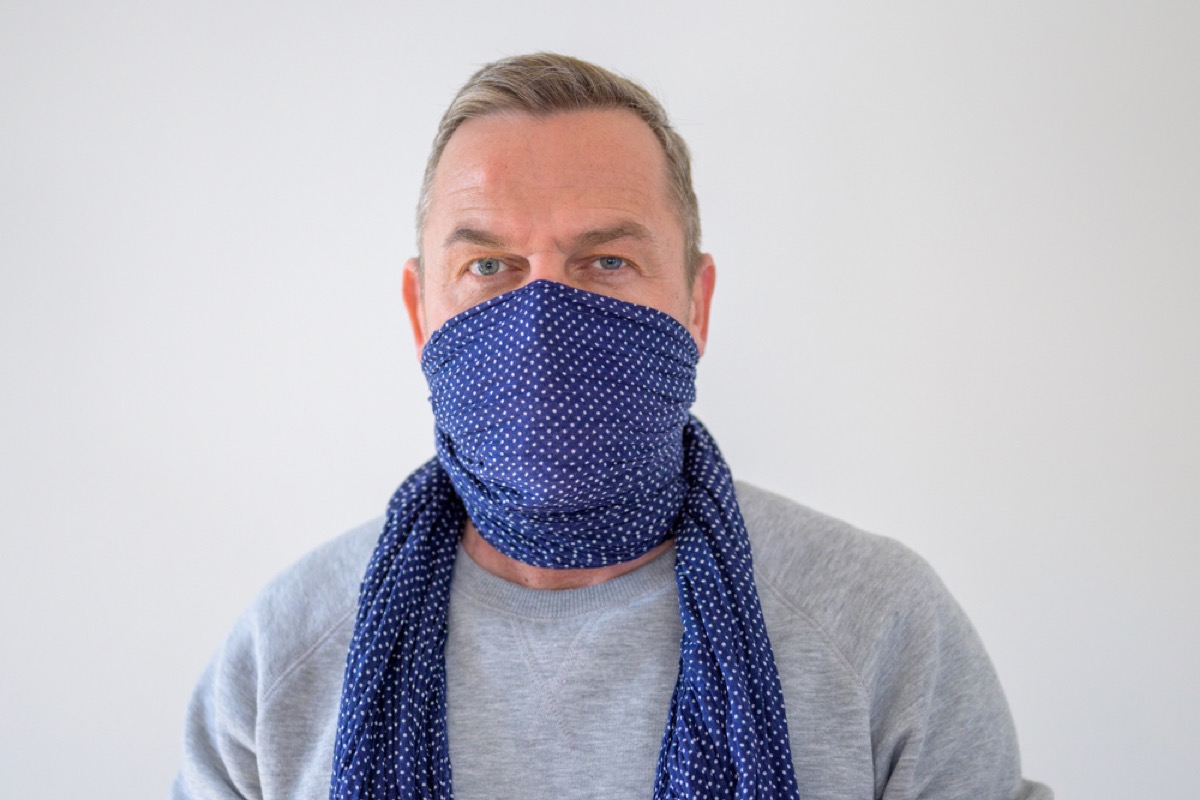
"Scarves and other headwear such as ski masks and balaclavas used for warmth are usually made of loosely knit fabrics that are not suitable for utilise as masks to prevent COVID-19 manual," says the CDC. According to Poston, these have the same drawbacks as an improperly fitting mask in that they don't actually filter aerosol and they most probable demand frequent readjustment. Even so, you tin can wear these items over your mask—yous simply need to be wearing some type of protective mask besides. And for more than essential mask guidance, The FDA Issued a Warning Against This Kind of Confront Mask.
cummingssherted76.blogspot.com
Source: https://bestlifeonline.com/cdc-face-masks-news/
0 Response to "Upload Vendor Application Fort Gordon Safe Ass"
Post a Comment